BIOSENSORS, MOTOR PROTEINS AND MORE
MARTIN WEBB
SCIENCE
Home >
Local community Nature projects
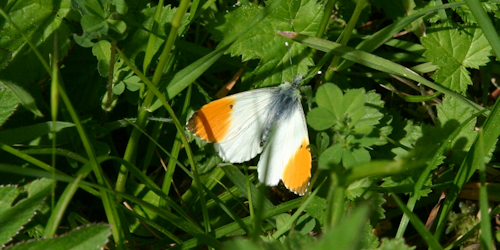
What this page is about
This is inspired by the possibility of having local (“street size”) projects to increase wildlife. The underlying aim is based on the local endeavour, Wilderwood Watch. From its website (linked below):
“Wilderhood Watch is an action group of St Albans residents that has its roots in Lancaster and Gurney Court Roads. It is focused on sustainable local projects and campaigns, particularly relating to wildlife and our urban eco-system.”
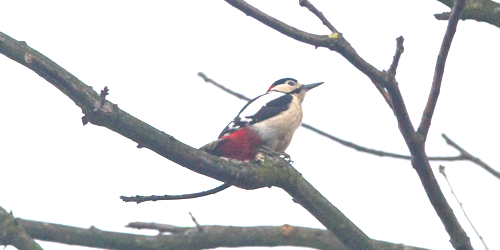
This is very preliminary
Currently, here is a simple page with a few ideas for “street size” projects and some links to ideas about including wildlife or wildflowers in your garden. For speed, I have added it to my current website, so I hope the page heading is not confusing.
I also hope that we can get some projects started and so bring in neighbours and become part of this Wilderhood group. Apart from being good for nature, this has the possibility of increasing contacts within our street community after the current situation ends.
...and hopefully children can get involved.
I also outline how I got my mini-wildflower meadow going.
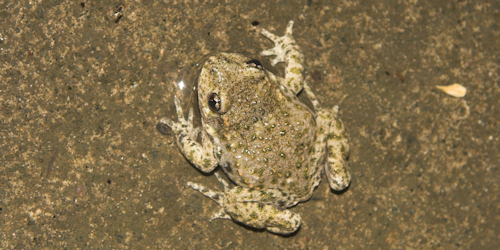
POSSIBLE PROJECTS?
Very much a few first thoughts:
- Sunflower challenge (see Wilderwood website)
- Wild patches: from a bit of wildflower meadow in your garden to just an small corner left uncut.
- Community develop a wild patch on bits the “communal” land. Definitely not encroaching on the areas used by kids to play. This would require working with council.
- Specifically aim to have a wild corridor, wild patches near enough to each other for insects, such as butterflies, to travel easily.
- Share wildflower plants and seeds.
- Encourage hedgehog corridors, so they can move between gardens and have safe places to hide. Edges of gardens need small gaps to allow movement. Throw out remaining “old” slug killer that will kill birds and mammals. “Go slow, hedgehogs” road signs.
- Encourage nectar-rich flowers, whether native or not.
- Encourage bird and bat boxes.
- Spot which flowers in the garden attract which butterfly
- Make (or buy) a bug hotel for your garden (Internet search to find out how: also see LINKS section)
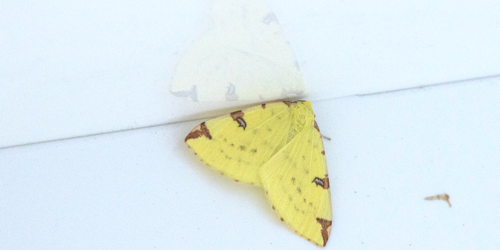
LINKS
Wilderhood Watch
Wildlife gardening
Eden Project: https://www.edenproject.com/learn/for-everyone/how-to-create-a-wildflower-meadow-in-your-garden
Wildlife Trust: https://www.hertswildlifetrust.org.uk/wildlife-explorer/wildlife-gardening
Gardening for Butterflies and moths
https://www.hertsmiddx-butterflies.org.uk/gardening-new.php
https://butterfly-conservation.org/how-you-can-help/get-involved/gardening
Wildflower seeds and plugs
Plenty of companies sell online. Here are just two.
https://www.wildflower.co.uk
https://www.chilternseeds.co.uk
Help for pollinators
This includes bug hotels
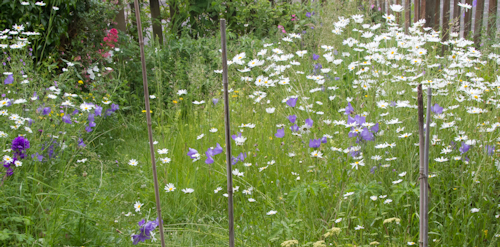
WILDFLOWER MEADOW - WOTIDUN
- To make a mini-meadow
Ground preparation
The area was partly poor lawn and partly “border" and gets partial sun. I did part the area at a time. I removed some of the grass roots, because there was very little soil. Underneath was some tarmac and some clay (actual clay).
In general, if a well-manicured lawn, it is likely that the grass is not native and may not be good to convert. So removing that is a good idea.
Seeds to start
Mixed meadow flowers. For a small area, several gardens could share and perhaps get different mixes. Some developed and spread, some did not. In a wildflower garden, some species are more suited than others.
I also chose some individual seed packets for flowers that I particularly wanted. These were put in seed trays to start with, as more precious and to get the plants developing, before putting in the ground.
Yellow Rattle
(Flowers are yellow, seed cases go rattle-rattle when shaken!). This is an important part of the meadow as it is semi-parasitic on grass: it helps keep grasses from dominating. I spread seeds and it has taken well, gradually increasing year by year.
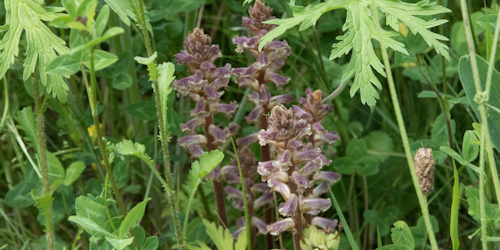
WILDFLOWER MEADOW - WOTIDUN NEXT
Starter plants
Some plants (such as violets) were present at the start, others were given. A couple of cowslips are now about 100 plants.
Other plants have just appeared, and that is part of the interest. The broom rape in this picture is one: how ot arrived is a mystery!
Bulbs
Over time, I replaced any cultivated daffodils with native ones (Narcissus pseudonarcissus). I have removed any Spanish bluebells. Once those were gone, i planted native ones (Hyacinthoides non-scripta).
And so on
I buy a few native plants now and again. Some thrive, if the ground and position suit them. Recently I try to get extra nectar plants for moths and butterflies.
The area is quite low maintenance. Because it is small, it is important that a few species do not dominate. Greater knapweed: out you go. However, mainly strimming in the Autumn. Gather up as much of the material strimmed off, to keep the ground fertility low. Certainly no fertilizers added.
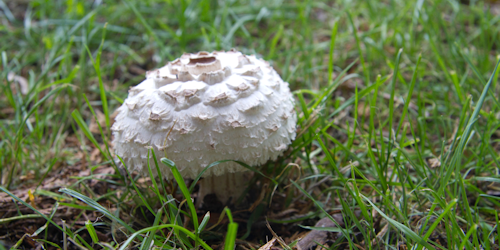
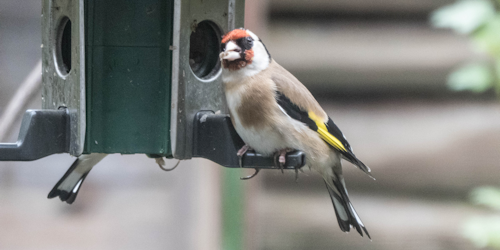
A
M